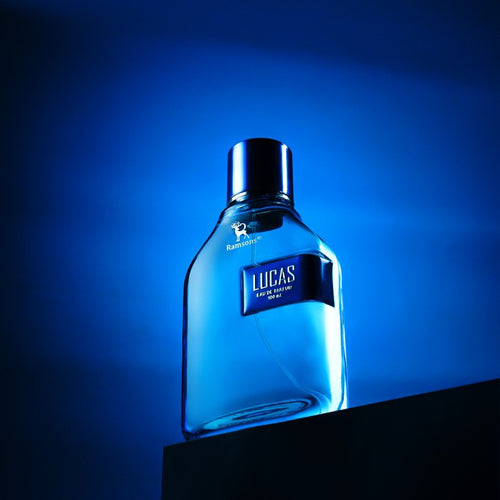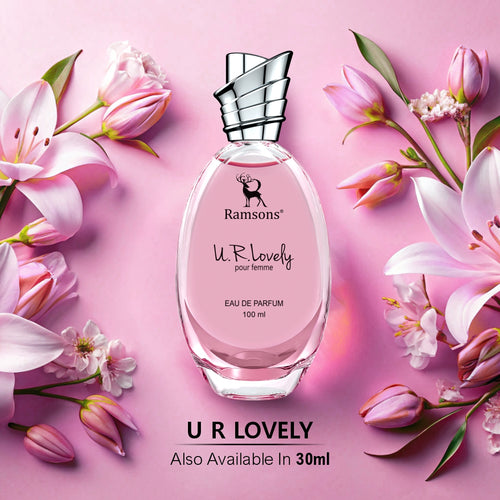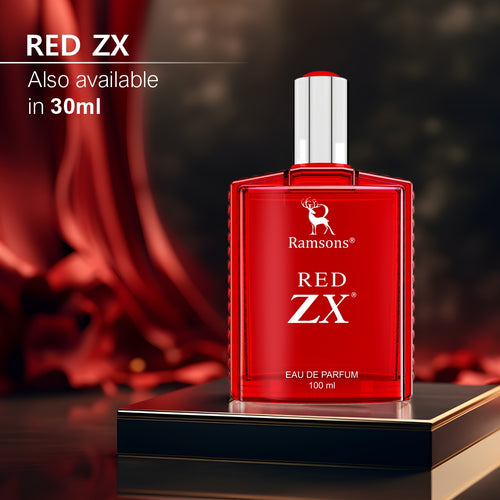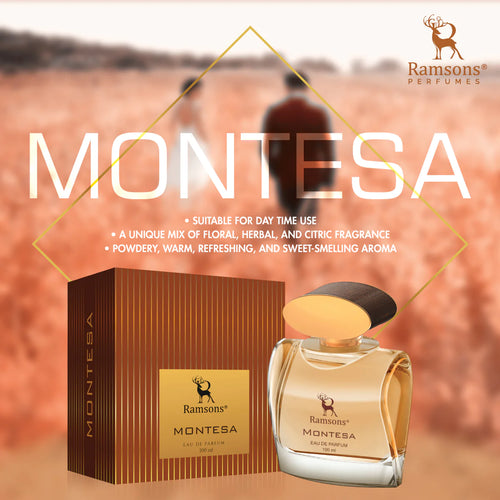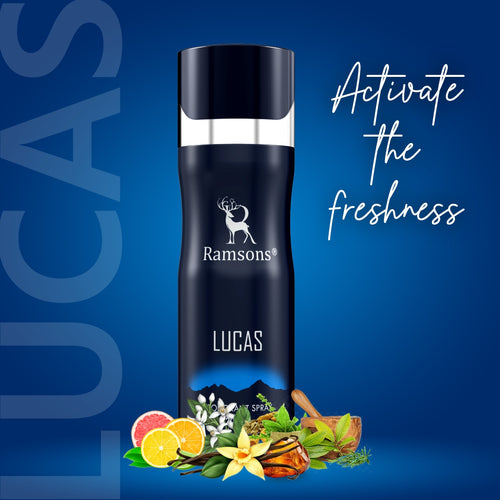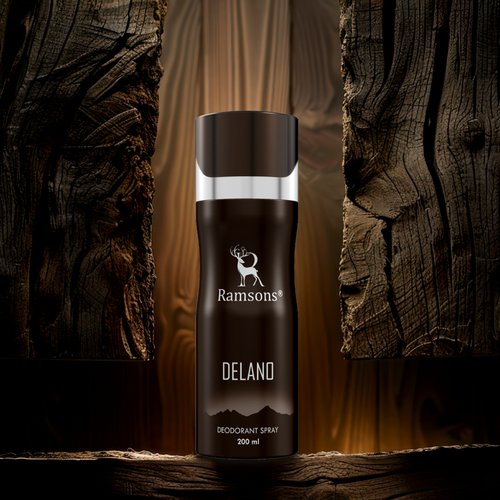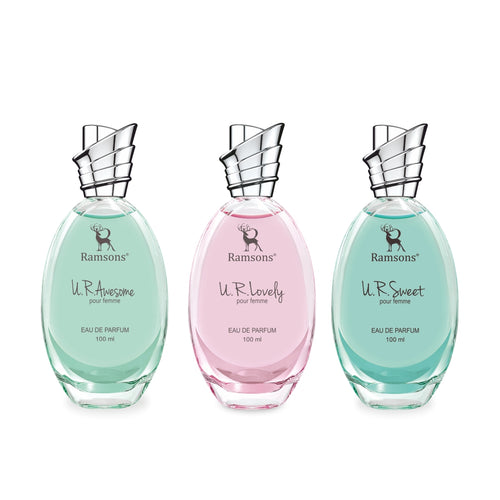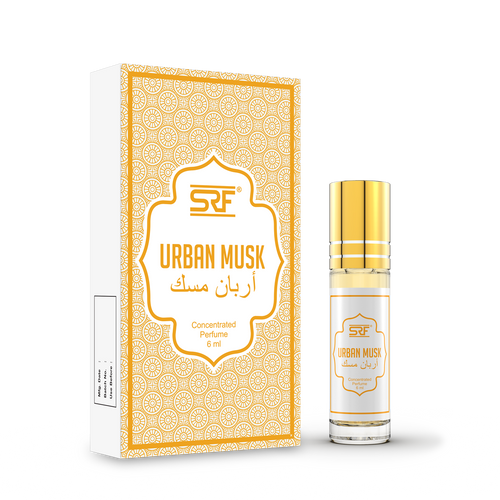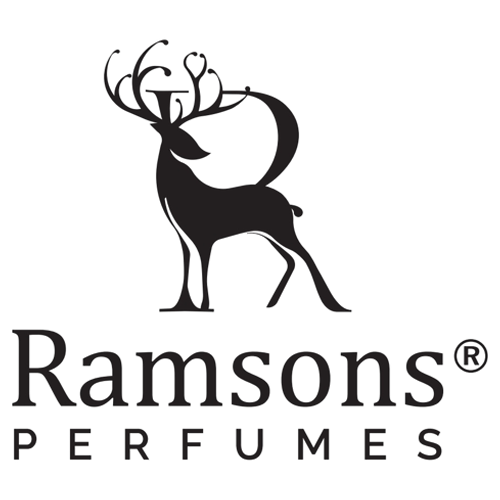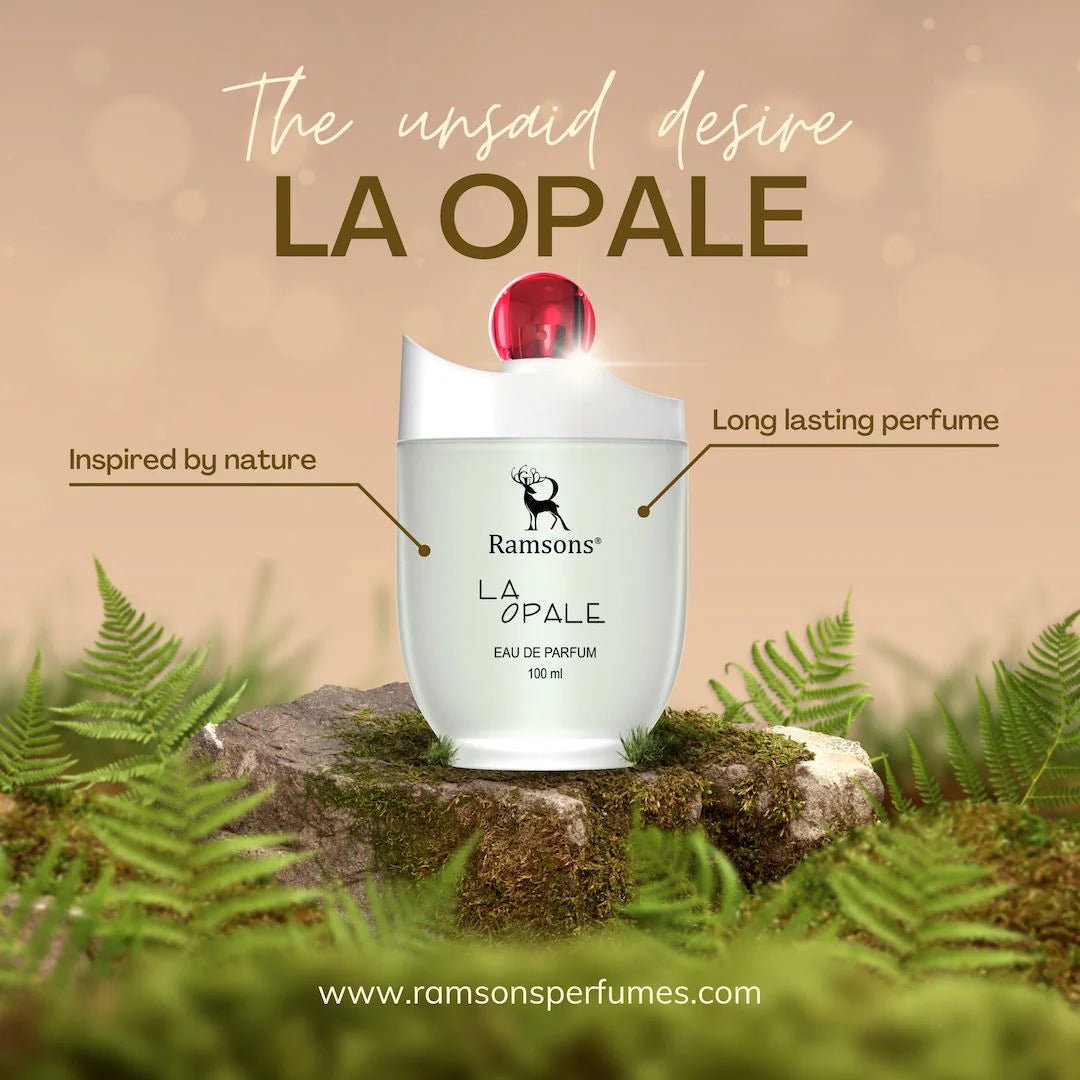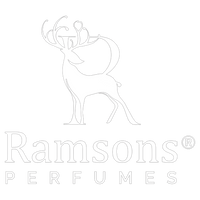La Opale - Eau De Parfum
Introduction
In the realm of fragrance, the allure of cologne often comes with a hefty price tag that raises the question, "Why Is Cologne So Expensive?" This article delves deep into the various factors contributing to the premium pricing of cologne, exploring everything from production intricacies to market dynamics and beyond.
Factors Influencing Cologne Prices
-
Supply and Demand Dynamics
Cologne pricing is profoundly influenced by supply and demand dynamics, where limited supply and high demand can lead to elevated prices.
-
Global Economic Trends
Global economic trends, such as inflation rates and currency fluctuations, play a pivotal role in determining the cost of cologne ingredients and manufacturing processes.
-
Quality and Branding
The quality of ingredients, coupled with brand prestige and positioning, significantly impacts the pricing strategy of cologne brands.
-
Ingredients and Formulation
The complexity and rarity of ingredients, along with the intricacies of formulation, contribute to the high costs associated with crafting premium colognes.
-
Market Positioning
Establishing a brand's position in the market as a luxury or niche entity can influence pricing strategies and consumer perceptions of value.
-
Production Costs
Various production costs, including labor, materials, and technology investments, directly affect the final retail price of cologne products.
-
Labor Costs
Skilled labor requirements and wages contribute to production overheads, affecting the overall cost structure of cologne manufacturing.
-
Material Costs
The cost of raw materials, packaging, and branding elements adds to the production expenses, reflecting on the pricing of cologne products.
- Distribution Channels
The distribution channels chosen by cologne brands, along with retail markup strategies, can impact the final cost borne by consumers.
-
Retail Markup
Retailers often apply significant markups to cover operational costs and profit margins, influencing the retail price of cologne products.
Why Is Cologne So Expensive?
-
Market Trends
Current market trends, including shifts in consumer preferences and cultural influences, shape the pricing strategies adopted by cologne brands.
-
Consumer Preferences
Understanding consumer preferences for specific fragrances, packaging, and brand narratives guides pricing decisions within the cologne industry.
-
Cultural Influences
Cultural perceptions of luxury, status symbols, and exclusivity contribute to the demand for high-priced cologne offerings.
-
Environmental Impact
Efforts toward sustainability, environmental responsibility, and green initiatives can increase production costs, reflecting in cologne pricing.
-
Sustainability Efforts
Investments in sustainable practices, such as eco-friendly packaging and ethical sourcing, add value but may also raise production expenses.
-
Green Initiatives
Cologne brands adopting green initiatives often face higher operational costs, impacting product pricing in eco-conscious markets.
Why Is Cologne So Expensive? - FAQs
- Q: What are the main factors contributing to the high prices of cologne?
A: Cologne prices are influenced by factors such as supply and demand dynamics, production costs, brand positioning, consumer psychology, and market trends.
- Q: How do market trends affect cologne pricing?
A: Market trends, including consumer preferences, cultural influences, and environmental considerations, can drive changes in cologne pricing strategies.
- Q: Are environmental initiatives impacting cologne prices?
A: Yes, brands investing in sustainability and green initiatives may incur higher production costs, which can reflect in the pricing of eco-friendly cologne products.
-
Q: What role does consumer psychology play in cologne pricing?
A: Consumer perceptions of value, brand prestige, and product quality influence cologne pricing strategies, often aligning with psychological pricing tactics.
-
Q: How do regulatory environments affect cologne pricing?
A: Regulations on ingredients, manufacturing standards, and import duties can impact cologne pricing, especially in international markets.
-
Q: Are technological advancements affecting cologne prices?
A: Yes, innovations in perfumery techniques, packaging technologies, and distribution systems can influence cologne production costs and pricing strategies.
Conclusion
Understanding why cologne is expensive involves unraveling a web of interconnected factors, from economic forces to consumer behaviors and industry innovations. By exploring these intricacies, consumers gain insight into the value propositions embedded in premium cologne offerings.
